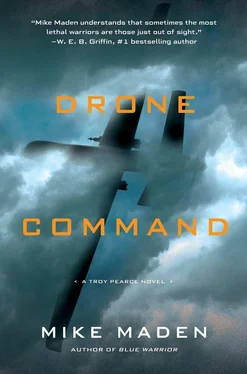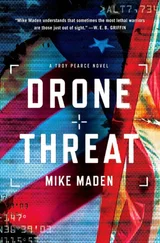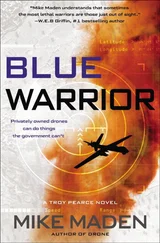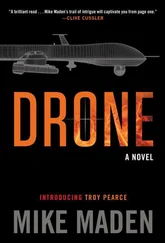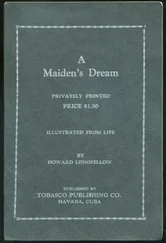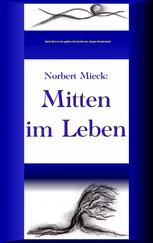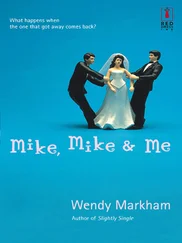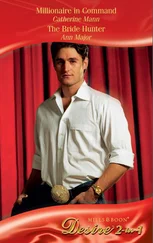It would take her some time, but the vegan physicist would be able to determine if the nuclear contaminants came from Fukushima once they got back to the university. Before coming to the University of Hawaii, she had worked at Los Alamos National Laboratory in the technical nuclear forensics (TNF) department, but since the surfing was better in Hawaii than in New Mexico, she decided to move. She had her priorities.
When the 9.0 magnitude earthquake and resulting forty-six-foot-tall tsunami struck the six reactors of the Fukushima Daiichi nuclear facility on March 11, 2011, all hell broke loose. By any measure, the Fukushima nuclear catastrophe was the worst peacetime nuclear event in history, surpassing Three Mile Island and even Chernobyl. The magnitude of the damage was such that Germany’s chancellor, Angela Merkel, a Ph.D. in quantum chemistry, ordered all of Germany’s nuclear plants to be shut down and deconstructed as soon as feasible.
Within just a few days of the catastrophe, celebrity physicists and antinuclear activists called Fukushima a planet-killing event. Three of the six nuclear cores had melted down — down into the Earth’s crust, some speculated. Of course, no one knew for sure. It was too dangerous and too difficult to get inside any of these wrecked facilities, even with robotics systems. But all three cores contained plutonium-239, one of the most toxic substances on the planet, a radioisotope with a half-life of twenty-four thousand years. More than fourteen hundred fuel rods, also loaded with plutonium, were at risk of fire and explosion. The fuel rods alone could pump fourteen thousand times more radiation into the atmosphere than was released by the Hiroshima bomb.
The dire warnings gained credence as the incompetence and deceit of both TEPCO (the utility company managing Fukushima Daiichi) and the Japanese government became apparent. Revelation after revelation proved at least some of the fears. Three hundred tons of groundwater passed through the contaminated facility every day straight into the Pacific Ocean, and the level of radiation of the groundwater was exploding exponentially. More than eighty thousand gallons of highly contaminated water from within the facility had been pouring into the Pacific every day since the earthquake. A dime-size bit of cesium-137 evenly distributed over a metropolis like New York City would render it uninhabitable.
Yamada devoured everything he could about the catastrophe when it first occurred, especially the Japanese sources, but also the scientific articles as they began to emerge. It was a very mixed picture. Even environmentalist organizations like Greenpeace said that concerns over Fukushima were grossly exaggerated, and other sources he trusted said that the massive amounts of radiation released into the Pacific were being safely diffused and that little environmental damage had or would ever occur.
And yet… he wondered. In Hawaii, he had caught a few fish that tested for low levels of radiation — nothing dangerous. But the concentrations of cesium were far higher than he had ever seen before. And there were other reports of high rates of cancer suddenly occurring in people around Fukushima and even among the crew of the USS Ronald Reagan , which had been dispatched to Fukushima for disaster-relief efforts. Independent sources — unknown, unaccredited — reported much higher levels of radiological contamination on the American west coast than “reliable” sources stated, and they further documented birth defects in animals and fish in a wide variety of regions.
Most disturbing, antinuclear activists in Japan were receiving death threats from right-wing opponents even as the Japanese government was cracking down on “irresponsible” reporting of Fukushima events. And the conspiracy theorists had one argument in their favor. If Fukushima really was a planet-killing event, would the governments of the world even admit it? If they did, the resulting global panic would crash markets, collapse economies, and ignite civil chaos. Governments had every reason to hide the truth until a solution could be found. Or so the alarmists concluded.
But Yamada discounted alarmists in general. Too many science debates today were being driven by political orthodoxies and other agendas rather than scientific inquiry — and even credible “deniers” were ruined. Yamada believed the facts should determine the argument rather than the other way around. As far as he was concerned, the world had enough real problems to deal with. The truth about the real dangers of Fukushima would be eventually known, but only if dedicated marine scientists like him used their skills to pursue that truth, and the truth was always to be found in the hard data.
When a private nonprofit environmental organization requested Yamada and his team do some independent radiological survey work in Japan’s Pacific waters, Yamada agreed. So far, what they had discovered was worrisome. Fukushima radiation was definitely pluming throughout the region, popping up in a number of locations and species that hadn’t been reported before.
Radioisotopes had fingerprints. With the comparison samples they had already collected, his vegan physicist could determine if the butchered whale had picked up cesium and strontium from Fukushima or some other source. She explained to him that a TNF physicist was like a good sommelier who can determine not only the vintage of a great wine, but also the exact field it came from because of the soil composition.
Several anonymous tips from sources within the Japanese government and even TEPCO had aided their detective work in the last few weeks as their efforts became more widely known. At first, the anonymity of the sources bothered Yamada, but he understood. Fearful of losing their high-paying jobs — an increasingly scarce commodity in Japan — these concerned engineers and bureaucrats were also worried about appearing to defy the consensus on TEPCO’s handling of the crisis — or the government’s.
Yamada sighed. He couldn’t go back to sleep. Thinking about Fukushima made him think about death, which made him think about his parents, whom he’d come to miss terribly in the last few years. He had an active social life — his married friends, many of them younger, envied his carefree childless lifestyle — but in truth he was alone in the world, a middle-aged man facing his mortality for the first time. He resolved to visit his parents’ graves when he got back home, and even pray over them and burn incense, and find some way to console their spirits. Until then, he had work to do. He checked his watch. It was still an hour before dawn.
He slipped out of bed as quietly as possible and padded in his bare feet toward the galley to make coffee. His cell phone buzzed. He checked it. Another text message, anonymous as usual. GPS coordinates.
And the promise of an unbelievable discovery.
DISKO DSCHUNGEL
BERLIN, GERMANY
15 MAY 2017
Disko Dschungel squatted on the fifth floor of a crumbling prewar warehouse overlooking the Spree River in the Kreuzberg section of Berlin. It was equal parts Blade Runner chic and bad ’80s chrome-and-neon disco.
In Jianli’s drug-addled state, it looked like a spaceship had crashed in the middle of a futuristic dance club. The music alternated between heavy electro beats and ethereal space music. The twenty-thousand-square-foot space was centered around a circular bar that was ringed with a lighted dance floor, the colors throbbing and shifting according to the beats of the music. There were precious few dancers, however; most of the clientele clustered in the constellation of tall black vinyl booths scattered like satellites around the floor.
Читать дальше
